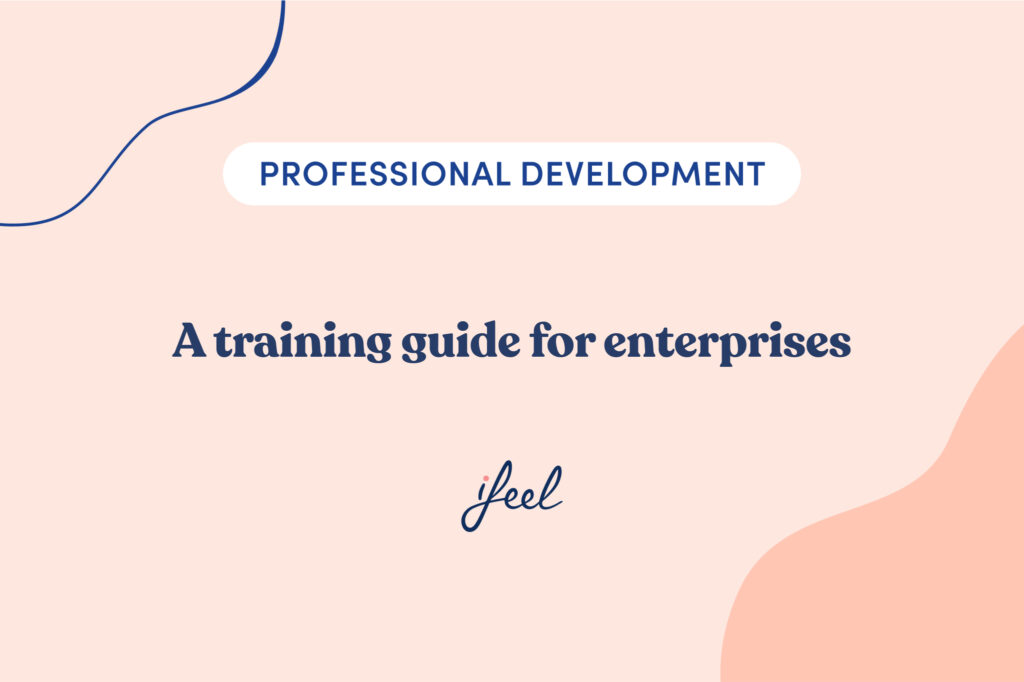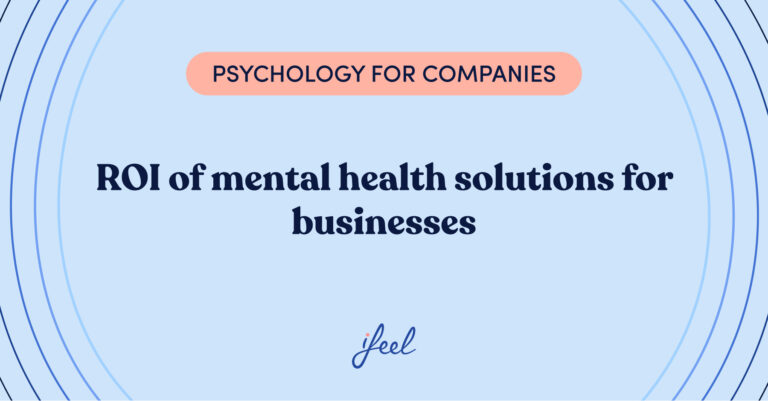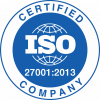For an enterprise to thrive and advance in a competitive market, it is not enough to have talented professionals; it is essential to ensure their continuous growth and development within the organisation. This approach not only enhances individual capabilities, but also ensures that the enterprise stays ahead of the curve by aligning the skills of its employees with the company’s strategic vision.
In this context, having a training guide for enterprises becomes an essential tool, as it can provide a structured and strategic approach to developing team competencies, enabling organisations to not only achieve, but exceed their growth objectives and establish themselves as leaders in their industry.

The importance of training in enterprises
Continuous training is fundamental for the growth and sustainability of any organisation. In fact, according to different studies, companies that invest in the development of their staff experience a 25% improvement in productivity.
Therefore, by understanding how training contributes to the achievement of business goals– such as improved productivity, customer satisfaction and talent retention – organisations can develop robust plans that not only teach, but transform. In this way, each learning session becomes a strategic investment in the enterprise’s future, ensuring that human capital is always prepared to meet the challenges of the global marketplace.
What should a training guide for enterprises look like?
In the context of large enterprises, where diversity and size can present unique challenges, training should be designed to address both hard skills and soft skills in the workplace, as these are essential to promote a positive and productive work environment.
In addition, designing an effective enterprise training roadmap requires clear objectives and deep integration with corporate culture and goals. This involves not only identifying the technical competencies needed, but also fostering the soft skills that drive collaboration and leadership.
“Companies have an obligation to analyse trends, adapt to them and take care of their employees. Nowadays, it is essential to listen to them, give them feedback, motivate them, care for them and recognise them.”
Carlos Romero-Camacho Silos, Chief People & Corporate Affairs Officer at Insud Pharma, an ifeel partner company.
This approach ensures that employees are not only efficient in their current roles, but are also prepared to take on future responsibilities.
1. A customised approach
For a training guide for enterprises guide to be truly effective, it must go beyond simply listing courses and schedules. It needs to be comprehensive and adaptable, designed to meet a number of critical objectives that are common to all organisations, but also to be customised to the specific needs of each enterprise.
In this sense, a training guide for enterprises must be customised: all enterprises must design a plan that adapts their strategies to align with their corporate objectives and the specific needs of their employees.
This is where enterprise talent strategies come into play. For a well-structured approach can help identify the key areas where each individual can improve and thrive.
| Element | Description |
|---|---|
| Needs analysis | Identification of skills required to achieve corporate objectives. |
| Collaboration with workplace well-being specialists | Partnering with specialists, such as ifeel, to customise and optimise training programmes. |
| Design of training guide programmes in enterprises | Creation of training modules that address both technical and soft skills. |
| Continuous evaluation | Monitoring and adjustment of programmes based on participant feedback. |
| Technological integration | Use of digital platforms to facilitate continuous learning. |
2. Must focus on skills development
Skills development is the cornerstone of any training programme. Practical guidance should ensure that employees not only acquire new competencies, but also strengthen those they already possess.
Including technical and soft skills tailored to the enterprise’s context and the employees’ specific roles is crucial. This can be achieved through practical workshops, mentoring programmes, and cross-functional training opportunities. For example, a sales team might benefit from training in negotiation skills through interactive workshops that encourage realistic practice and active learning.
3. Encourage knowledge acquisition
In addition to skills, continuous knowledge acquisition is vital to inform employees about the latest industry trends, internal policies, and key competencies.
A training guide for enterprises should contain learning modules that include conferences, webinars, and knowledge-sharing platforms. For example, employees could participate in e-learning modules exploring innovations in green materials and sustainable production practices transforming the industry.
4. Pursuit of productivity gains
A well-designed guide should focus on how training can improve overall team productivity. This involves identifying and addressing performance gaps through specific programmes that may include feedback sessions, performance appraisals and goal-setting workshops.
For example, this could include practical sessions on warehouse management software that optimise efficiency and reduce errors.
5. Encourage behavioural change
Training should also be a tool for positive change in organisational behaviour. The guide must include programmes that modify attitudes and habits, aligning them with the values and objectives of the enterprise.
This can be achieved through role-playing exercises, sessions with expert psychologists and peer learning. An example is training designed to foster a culture of inclusion and diversity within the enterprise.
6. Leadership development
Leadership is essential for guiding teams and ensuring business success. That is why a training roadmap for enterprises should include programmes that cultivate leadership skills, fostering employees’ personal and professional growth.
This can include leadership workshops, executive coaching, and mentoring programmes that prepare employees to take on effective leadership roles, therefore promoting a collaborative and proactive work environment.
A training guide for enterprises should be more than a document; it is a strategic roadmap that ensures that the enterprise’s human capital is always prepared to meet current and future challenges, thereby providing the sustained growth and long-term success of the organisation.
Retaining talent through training
An effective training guide for enterprises not only enhances employee competencies, but also plays a crucial role in talent retention. Enterprises that offer professional development opportunities show a lower turnover rate.
Thus, by focusing on training, organisations can learn how to retain talent in their enterprise by creating an environment where employees feel valued and motivated to grow.
This is supported by research, with 94% of employees saying they would stay longer with an enterprise if it invested in their learning and development. This underlines the importance of investing in programmes that not only teach new skills, but also foster a sense of belonging and loyalty to the organisation.

Trust the leaders
At ifeel, we know that a training guide for enterprises highlights the importance of developing programmes that are both strategic and adaptable to the changing needs of the workplace. By implementing an enterprise talent strategy, organisations can not only learn how to retain talent in their enterprise, but also foster a culture of growth and continuous improvement.
To support companies in this process, our team of expert workplace well-being psychologists has created a mental well-being solution for businesses that improves talent retention, reduces presenteeism, and combats employee stress.
With our mental well-being solution, your company’s HR managers can receive personalised, data-driven advice on improving mental health at work. In addition, this solution offers employees a 360° mental well-being solution structured at different levels according to their needs. Try our solution now to see how it could help you.
We hope you found this article about the importance of a training guide for enterprises interesting. If you would like more information about our mental well-being solution for enterprises, just ask us and we will get in touch with your team as soon as possible.











